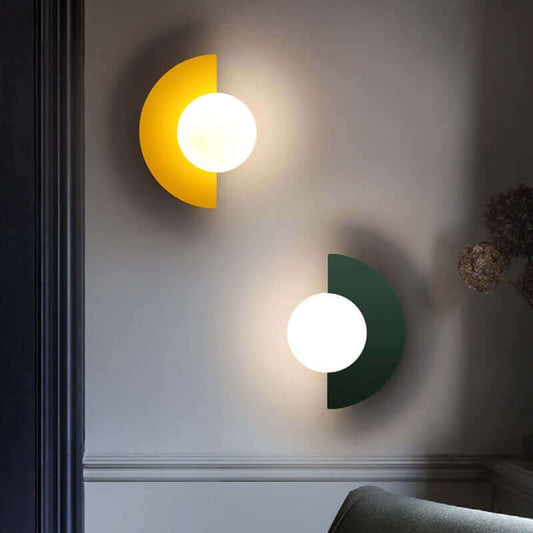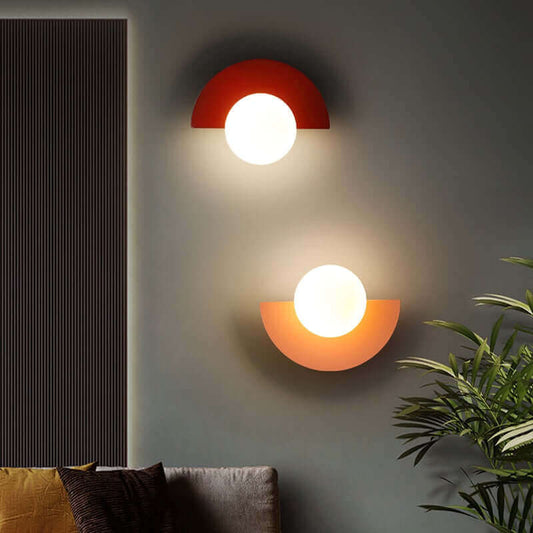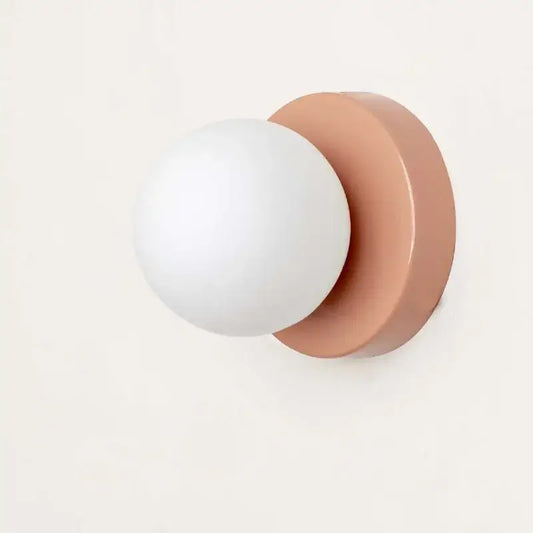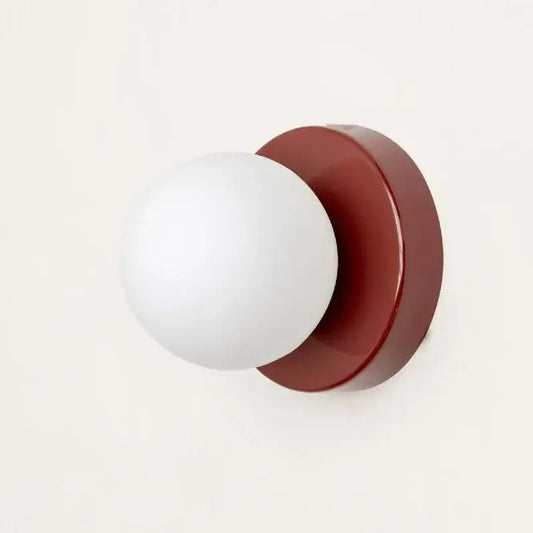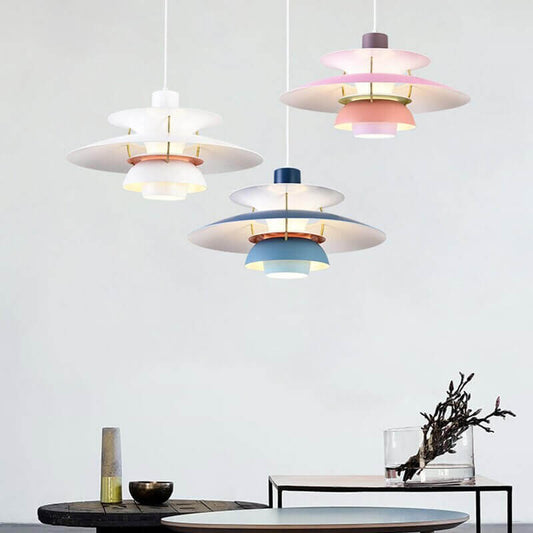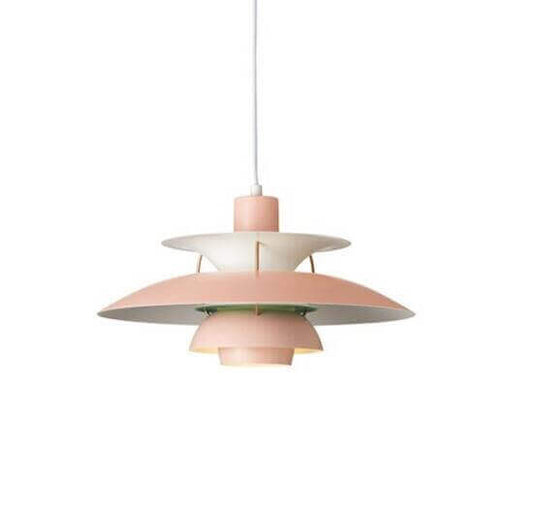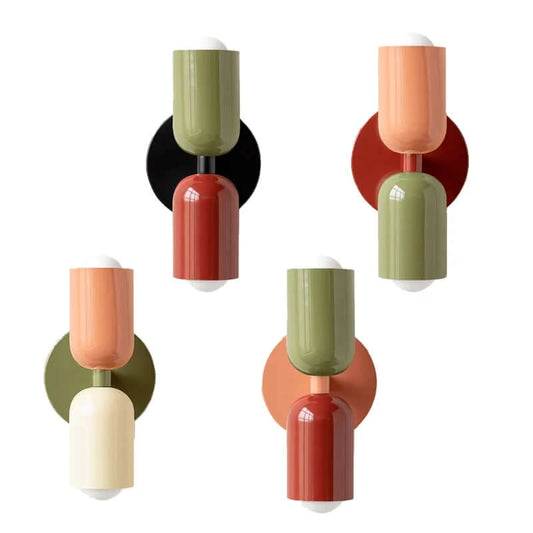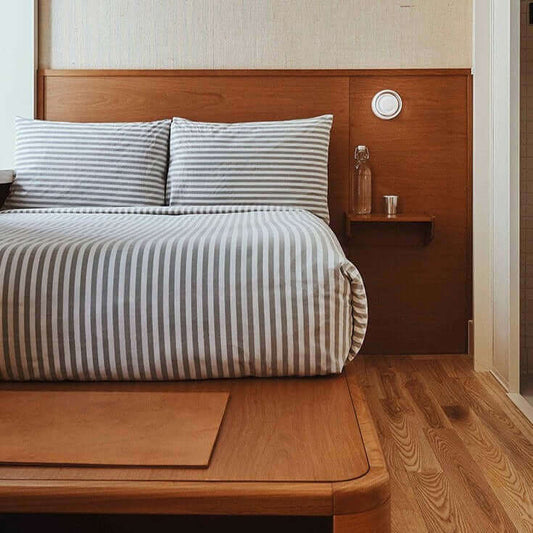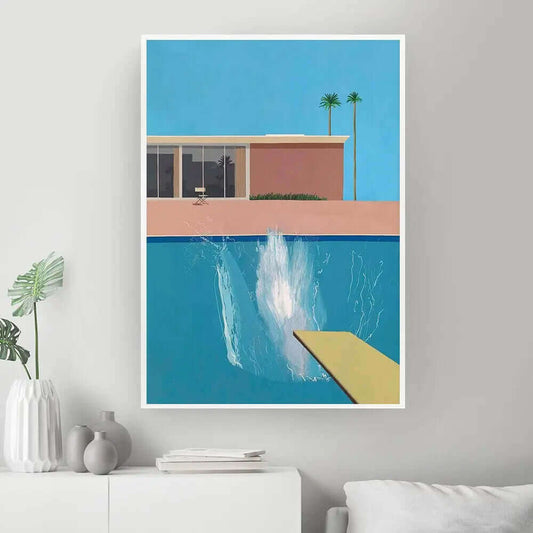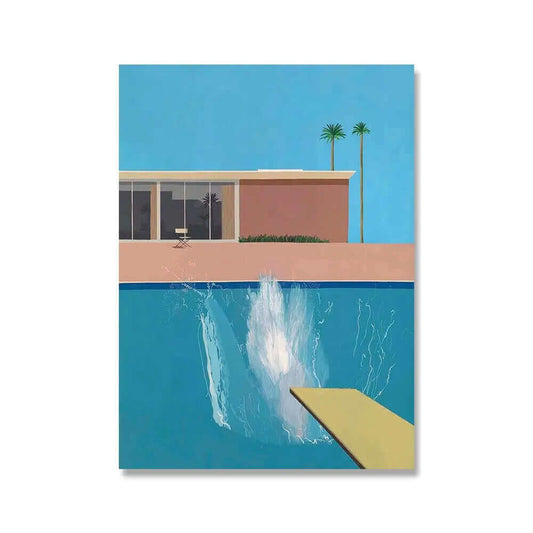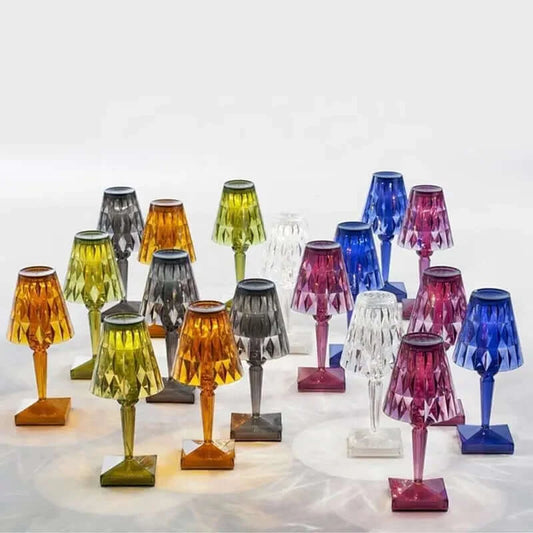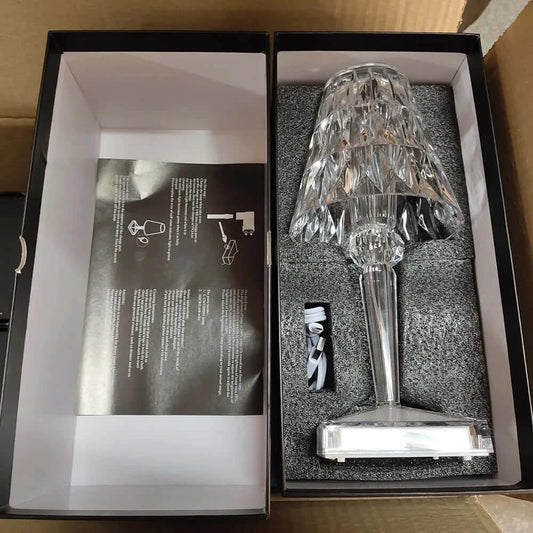When it comes to Interior Design, lighting plays an irreplaceable role in shaping the atmosphere and functionality of any space. Properly understanding lighting codes and regulations is essential for homeowners, designers, and contractors alike. This guide seeks to demystify the world of lighting codes, helping you make informed decisions to ensure your projects are safe, compliant, and aesthetically pleasing.
The Importance of Lighting Codes
Lighting codes and regulations are in place to ensure safety, efficiency, and proper installation. These rules cover everything from the types of light fixtures used, such as floor lamps, table lamps, wall light fixtures, and ceiling light fixtures, to the intricacies of electrical wiring and placement. Understanding these codes isn't just about following the law; it’s about enhancing your home’s design and ensuring safety for all who reside or visit.
What Are Lighting Codes?
Lighting codes refer to a set of standards and regulations that govern how lighting should be implemented in various spaces. These codes can vary by location but generally are established by the National Electrical Code (NEC) and local building codes. They dictate the types of fixtures that can be used, their placement, illumination levels, energy efficiency requirements, and much more.
Types of Lighting Fixtures
Before delving deeper into the intricate codes associated with them, it's essential to understand the different types of lighting fixtures you’ll often encounter in your designs. Each type has its unique characteristics and suitable applications:
- Floor Lamps: Versatile and movable, floor lamps can enhance any room’s décor and offer targeted lighting, making them perfect for living rooms and reading nooks.
- Table Lamps: These smaller fixtures provide localized lighting and work well on desks or bedside tables, adding both function and style.
- Wall Light Fixtures: Mounted on walls, these fixtures often serve decorative purposes while also providing essential task lighting in corridors and rooms.
- Ceiling Light Fixtures: Commonly used for overall lighting, these fixtures can be chandeliers, flush mounts, or recessed lights, playing a critical role in defining the room’s ambiance.
Understanding Local Regulations
Every city or municipality might have specific regulations that vary from the national standards. It's crucial to check local codes to ensure compliance. For example, some codes will specify the allowable wattage for light fixtures in residential versus commercial settings, while others will dictate the installation heights for wall light fixtures.
Commonly Regulated Aspects of Lighting Codes
Here are some key components of the lighting codes you need to keep in mind:
- Wattage Limits: Certain areas in a home or building may have restrictions on how much wattage can be drawn from fixtures to promote energy efficiency.
- Electrical Safety: Regulations often include rules around wiring, requiring certain types of electrical cables and connectors to prevent electrical fires and risks.
- Lighting Placement: Codes can dictate how high or low light fixtures should be installed and their proximity to other elements for safety and aesthetics.
- Energy Efficiency: Many local codes align with energy conservation efforts that encourage the usage of LED or energy-efficient lighting solutions.
Staying Compliant with Lighting Codes
To avoid any headaches during your remodeling projects, here are steps you can take to ensure compliance:
- Research: Familiarize yourself with the lighting codes that apply to your area. This often means consulting local government or zoning offices.
- Permits: For significant electrical work or installation of new fixtures, you may need to pull a permit. Make sure to confirm this with your local authority.
- Qualified Professionals: If you’re not skilled in electrical installations, hiring a licensed electrician is crucial. They will understand the latest codes and ensure everything is installed safely.
- Consider Future needs: Think about how your lighting requirements may change over time. Opting for versatile lighting solutions, such as adjustable floor lamps and dimmable wall light fixtures, can adapt your space for various uses.
Accent Lighting vs. General Lighting
Lighting codes also touch on the distinction between accent and general lighting. Understanding this difference is key to achieving beautiful, functional design.
General Lighting
This type of lighting is the foundation of a room, providing overall illumination. Ceiling light fixtures predominantly fulfill this role, ensuring that spaces are bright and inviting. Compliance with codes often specifies the minimum lighting levels required for safety and usability.
Accent Lighting
In contrast, accent lighting serves a decorative purpose, spotlighting artwork, plants, or architectural elements. Wall light fixtures can be pivotal in delivering this effect. While accent lighting may not be strictly regulated, ensuring it complements general lighting and adheres to any aesthetic guidelines is crucial for Interior Design.
Energy Efficiency and Sustainability in Lighting
With increased awareness of environmental sustainability, lighting codes have evolved to incorporate energy-efficient practices. By utilizing products like LED bulbs and energy-efficient fixtures, you can not only save on energy bills but also comply with local mandates aimed at reducing overall energy consumption.
Why Energy-Efficient Products Matter
Adopting energy-efficient lighting options is vital for both the environment and your wallet:
- Lower energy consumption translates to cost savings on utility bills.
- Energy-efficient fixtures may qualify for local rebates or incentives, further reducing expenses.
- Using controlled lighting systems such as dimmers or smart home technologies maximizes efficiency and enhances user experience.
Accessible Lighting
Inclusive design is another facet of modern Interior Design that integrates accessible lighting solutions. Lighting codes reflect the growing emphasis on accessibility, outlining requirements for illumination in public spaces and commercial buildings.
Implementing Accessible Lighting Solutions
Consideration of various needs ensures that everyone can interact with a space comfortably:
- Use of ample contrast in lighting levels to assist with visibility.
- Adjustable fixtures such as floor and table lamps can accommodate various activities and user preferences.
- Strategically placed wall light fixtures can enhance visibility in walkways, preventing accidents.
Going Beyond Codes
While it’s critical to stick to the lighting codes and regulations, there’s an art to crafting stunning spaces in conjunction with compliance. Interior Design transcends mere functionality, and illumination has profound effects on the overall mood and aesthetics.
Creating Mood with Lighting
Lighting can dramatically influence a room's ambience. The right combination of floor lamps, table lamps, and ceiling light fixtures can evoke warmth, excitement, or calmness. Consider utilizing dimmable bulbs or utilizing colored lighting to adapt to various atmospheres:
- Soft white light encourages relaxation, perfect for bedrooms and reading corners.
- Bold colors or bright whites can energize and invigorate spaces such as kitchens and work areas.
Your Path to Lighting Mastery
Educating yourself about lighting codes and regulations opens a pathway to not only safe and compliant installations but also to extraordinary design possibilities. Whether you’re a homeowner or a professional designer, understanding these elements empowers you to create beautiful, functional, and compliant spaces.
As you embark on your lighting journey, remember that each room has its unique lighting demands. By blending practicality with aesthetics, you can illuminate spaces that resonate with warmth and sophistication, ultimately transforming your home into a stunning masterpiece.





